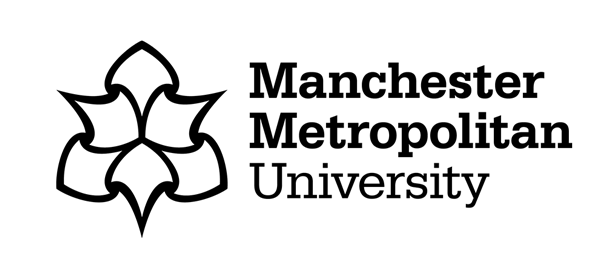
photo credit: SHVETS production
I write this as a hearing person. I cannot speak on behalf of deaf people or their experiences. I can only write about my research and my experiences as someone who is hearing but works and socialises with the deaf community.
People always ask me what made me want to study the history of deafness and sign language; do I have family members who are deaf; did I grow up around sign language? The answer is that I have no idea why I became interested in sign language or deaf culture. I simply saw someone signing one day and was fascinated by the concept of a visual language. There was a local sign language class near my parents’ house, and I thought I would give it a go! As part of the British Sign Language (BSL) level 1 course, you learn a bit about the deaf community, and I was amazed by its rich history and incredibly diverse culture.
My research, from undergrad to PhD, has explored the history of sign language as a linguistic form of communication, the barriers that deaf people face to accessing and fully participating in society, and the treatment experienced by deaf people from the hearing population. During my years of researching and integrating myself into the local deaf community, I have learnt that being deaf is not just living without hearing, or with hearing loss. Being deaf is being part of a community with a rich history and culture; it is a strong positive identity to some, a disability to others, and a cause of inequity for all.
I saw something the other day that said, ‘I am deaf, the interpreter is here because you can’t sign, not because I am deaf.’ For me as an observer, this perfectly encapsulates the barrier faced by deaf people; the attitude of some of the hearing populace that the onus is on the deaf person to make the necessary concessions to communicate with mainstream society. As a hearing person who has learnt to sign, I am constantly confounded by the number of people who have no intention of learning even the basics of sign language or have any deaf awareness at all. Not only does it completely isolate the proportion of the population who use BSL as their first language, but there is evidence that visual languages benefit all children regardless of whether they are deaf or hearing.
As a language that uses facial expressions, body movements and gestures, sign language can help children to communicate and express themselves. There is also evidence that sign language can help young children to learn English. In addition to helping hearing children with their language development and emotional expression, it also eradicates the barrier for the deaf population. If everyone could converse in sign language, deafness would not be disabling. Any research you find will tell you that there are truly no deprivations to learning sign language. As a hearing person it has been one of the biggest joys to learn such a beautiful and expressive language and it has opened me up to a vibrant and diverse community that I previously knew nothing about.
British Sign Language was not given legal recognition as a language of England, Wales, and Scotland until 2022 through the BSL Act. The BSL Act was a big achievement and milestone for the deaf community in ensuring government departments and public bodies meet the needs of deaf people. However, the deaf community continue to face significant barriers to communication which can lead to social isolation, limited employment opportunities, and reduced access to essential services. It is through education, awareness-raising, and advocacy, that these barriers can start to be broken down. For these barriers to be completely eradicated, a whole shift in societal attitudes and beliefs about deafness and sign language is required.
I feel it is important to mention that deaf awareness covers a range of ‘deafness’ from people who use BSL as their preferred language, to people who have lost their hearing through work or illness and so on. This is important to consider when discussing deaf awareness week as it incorporates a variety of people with varying levels of deafness and hearing loss. Deaf awareness week is one of many ‘awareness’ weeks or days promoting deafness and sign language. In March, we celebrated Sign Language Week, promoting British Sign Language and Irish Sign Language as indigenous language of the UK. In September, we will celebrate the International Day of Sign Languages. When celebrating these dates, be sure to know exactly what you are celebrating. BSL was awarded recognition across the UK at different times; Wales recognised BSL in January 2004, Northern Ireland in March 2004, Scotland legally recognised it October 2015. Deaf awareness week this May is therefore an English centric date.


